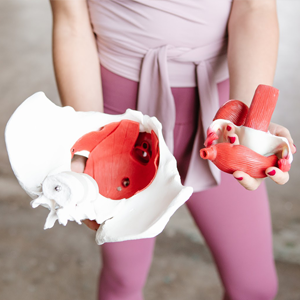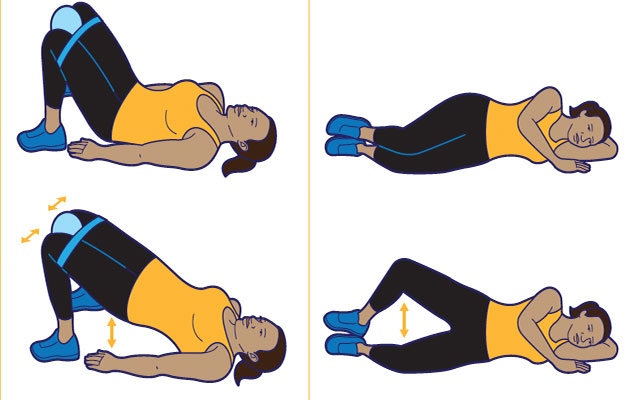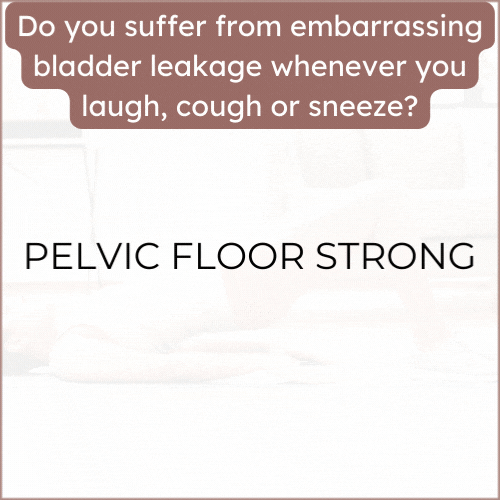Does pelvic floor strong really work?
Yes, strengthening your pelvic floor muscles can have many benefits, including improving bladder control, reducing the risk of pelvic organ prolapse, and enhancing sexual function. A strong pelvic floor can also help support your lower back and improve your posture.
Pelvic floor exercises, also known as Kegels, involve contracting and relaxing the muscles that support your pelvic organs. To do a Kegel exercise, you can squeeze the muscles you use to stop the flow of urine or to prevent passing gas. You can also imagine pulling your pelvic floor muscles up and in, as if you were trying to lift a small object with your vagina.
Studies have shown that regular pelvic floor exercises can be effective in improving pelvic floor muscle strength and reducing symptoms of incontinence. However, it's important to note that like any exercise, it takes time and consistency to see results. It's also important to perform Kegels correctly and avoid overexerting your pelvic floor muscles, as this can lead to strain and injury.
If you are experiencing symptoms of pelvic floor dysfunction, such as urinary incontinence or pelvic pain, it's a good idea to talk to your healthcare provider or a pelvic floor physical therapist. They can help you develop a safe and effective exercise plan that is tailored to your needs.


































